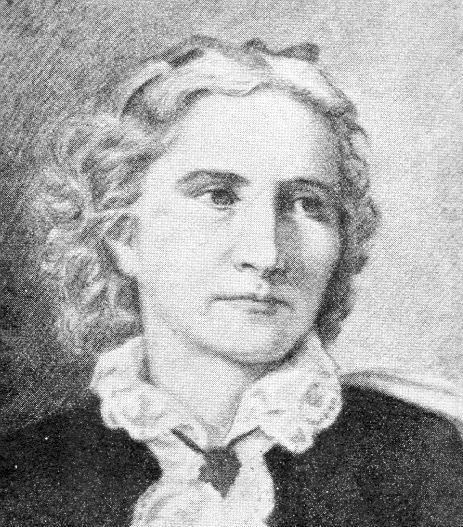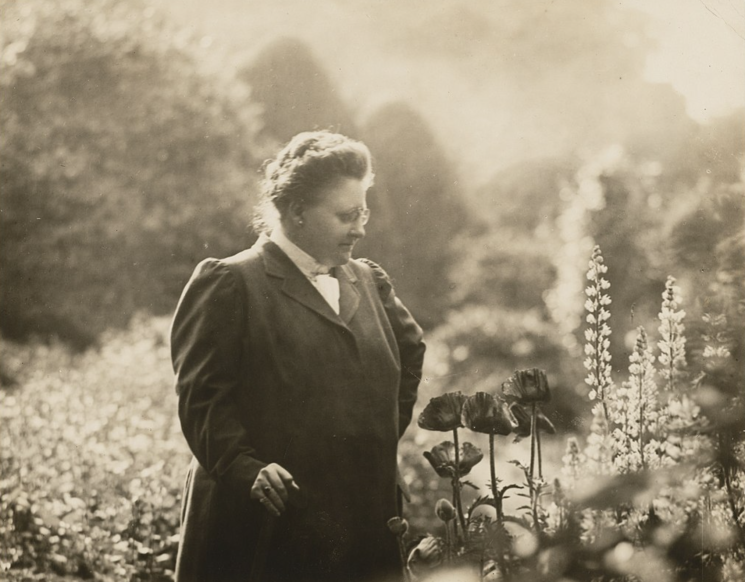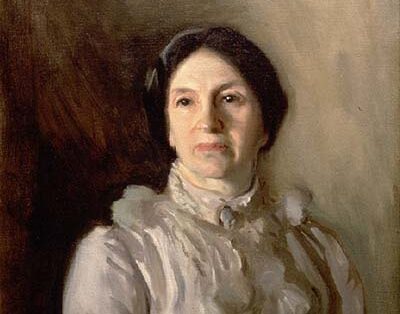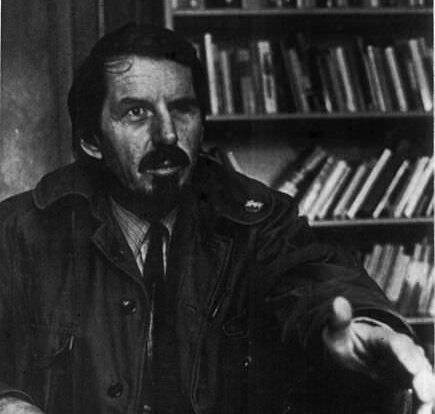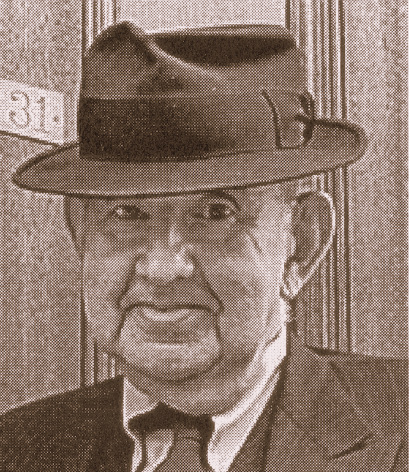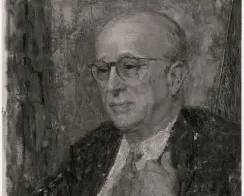The Poets of Mount Auburn
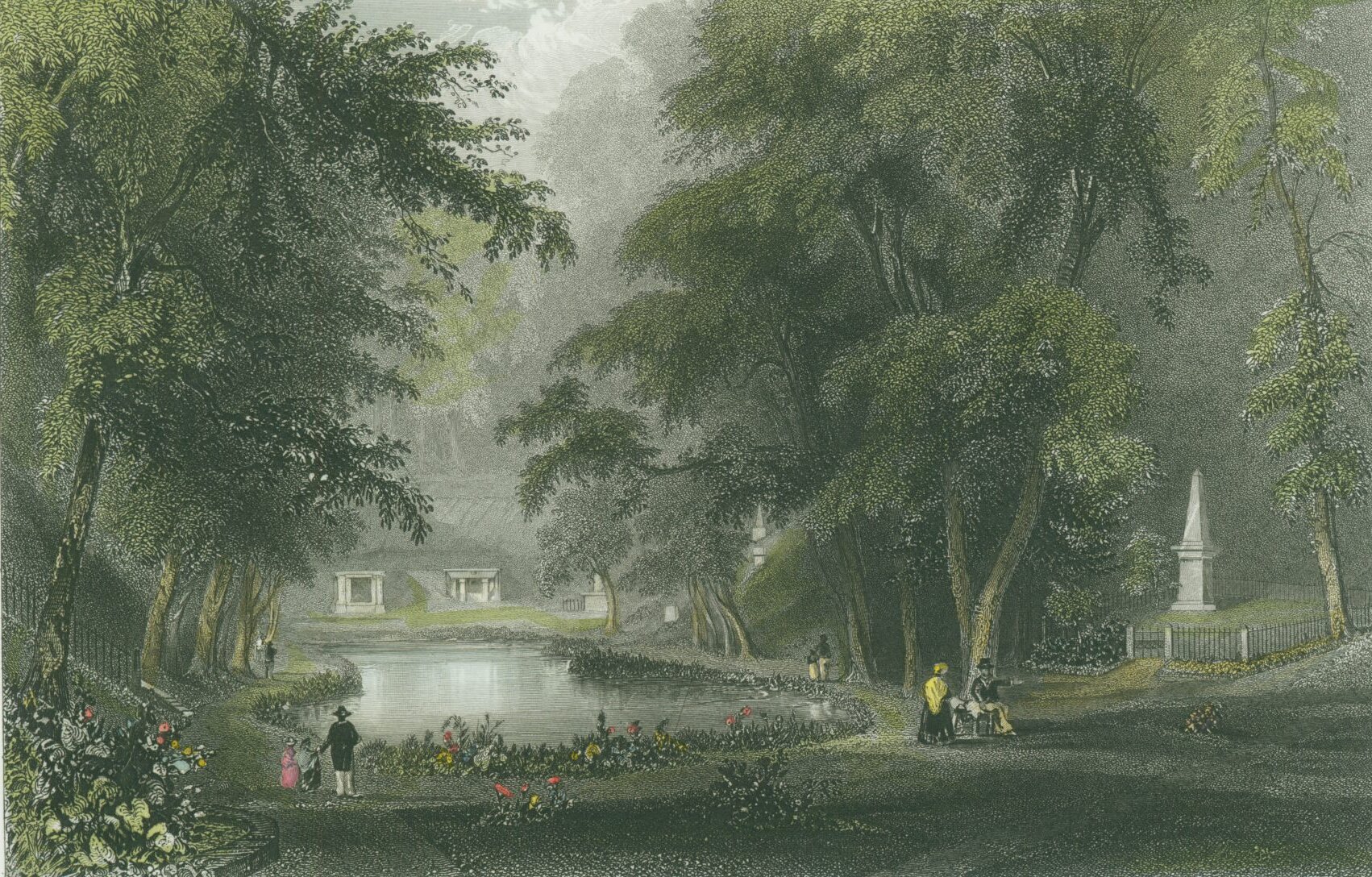
Notable Poets Buried at Mount Auburn
Poetry and the Landscape
When Mount Auburn’s founders looked for a picturesque site for the creation of a landscaped cemetery in the vicinity of Boston they found it nestled between Cambridge and Watertown. Here were seventy-two acres of rolling, wooded land known to Harvard students as Sweet Auburn. Harvard students had named this land after the fictitious town in Oliver Goldsmith’s poem The Deserted Village.
When making the decision about what to call the new cemetery, the founders chose the name Mount Auburn, a simple change from what most already called the area. Many of the early lot owners, familiar with Sweet Auburn from their days at Harvard, thought the name perfectly symbolized the ideals of the new Cemetery.
Finding Inspiration at Mount Auburn
The unique relationships between Mount Auburn and the public it serves have long been reflected in poetry, prose, and lore. For decades writers have drawn upon Mount Auburn’s most timeless and universal themes.
“…Tulip Path, hard to find on the shaft, that insistent rise to heaven goes down and down…”
– Robert Creeley (Lot 1509 Tulip Path)
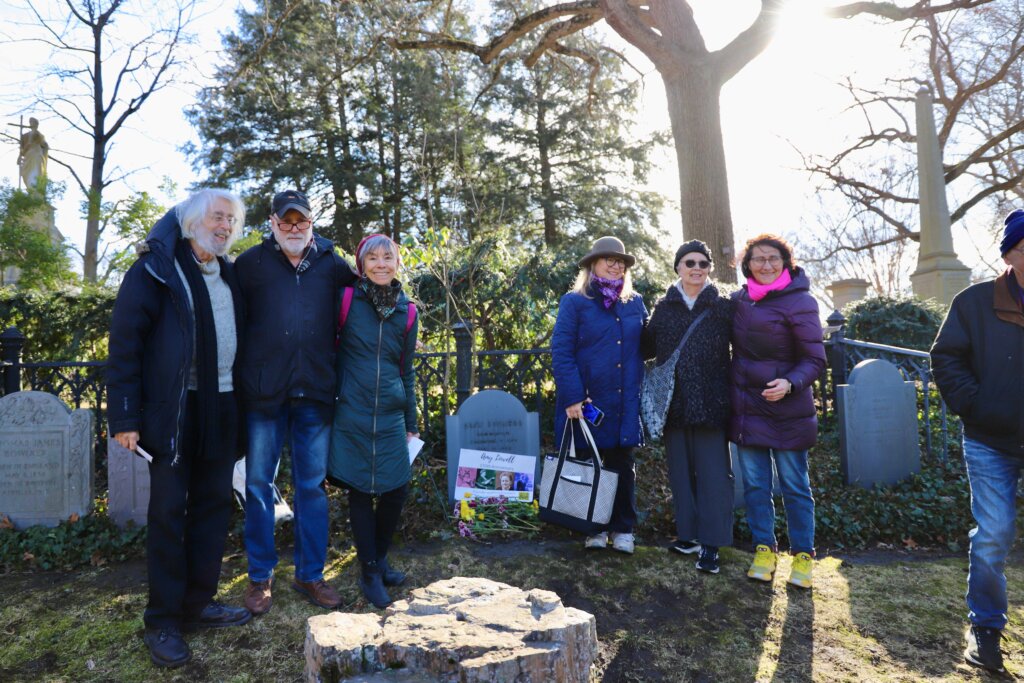
Supporting Artistic Creation
For the last decade Mount Auburn has been inviting artists to apply for our Artist-in-Residency program to inspire a new generation of poetry, music, literature and more.
The Fireside Poets: 19th-Century Lyrical Icons
The Fireside poets were a collective of 19th-century American writers, primarily based in the Northeast region of the United States. Also known as the schoolroom or household poets, they utilized traditional poetic structures to explore domestic topics and moral dilemmas. Their nickname, "fireside," stemmed from their widespread appeal, as families often read their works aloud by the hearth. Enjoying significant popularity among both the public and literary critics, these poets significantly influenced their era until their wane in the early 1900s. Prominent figures among them included Henry Wadsworth Longfellow, John Greenleaf Whittier, James Russell Lowell, William Cullen Bryant, and Oliver Wendell Holmes Sr.
Their commitment to established poetic forms, rhythm, meter, and rhyme facilitated easy memorization and recitation of their verses. Their thematic focus on traditional and patriotic values rendered their poetry highly suitable for educational purposes, contributing to their enduring popularity in classrooms.
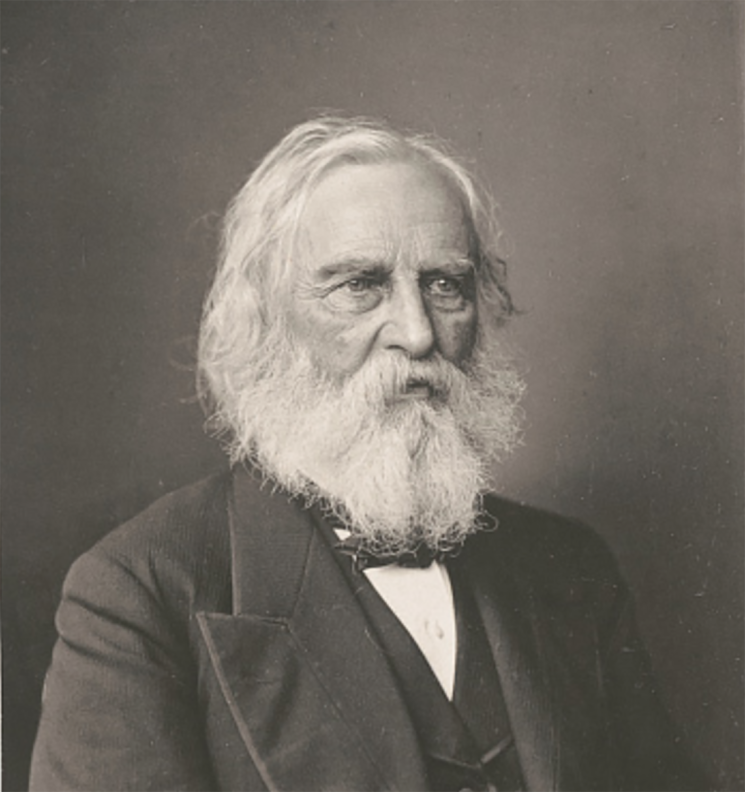
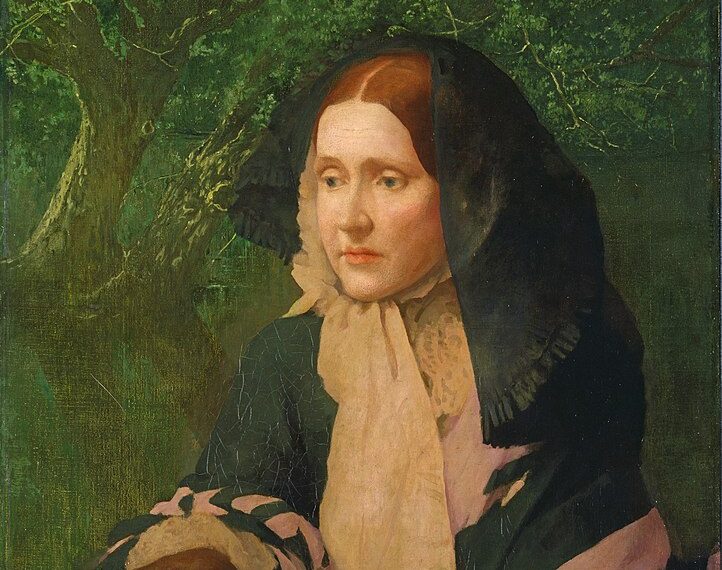
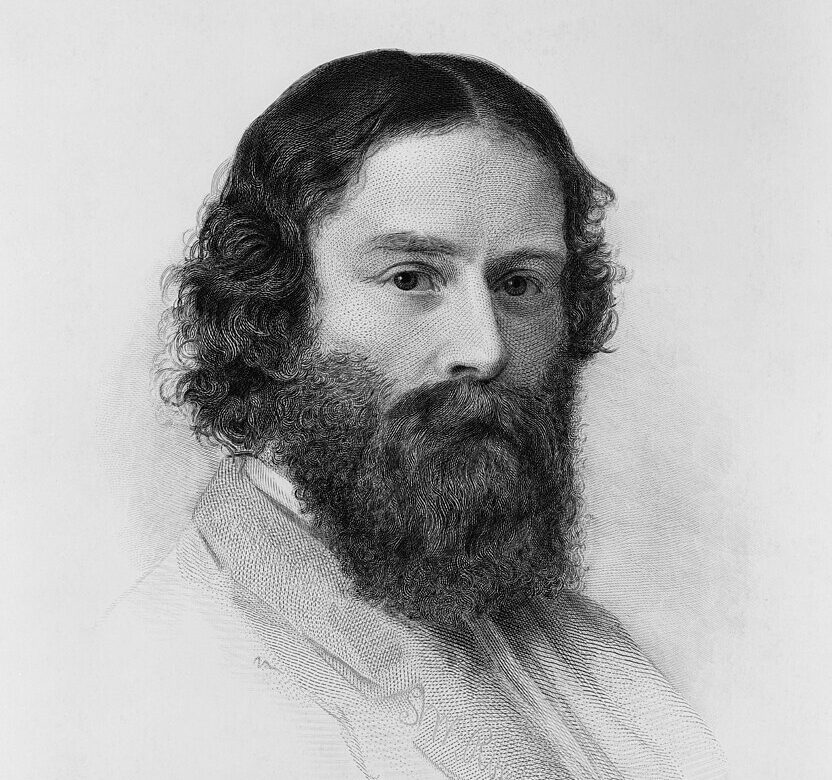
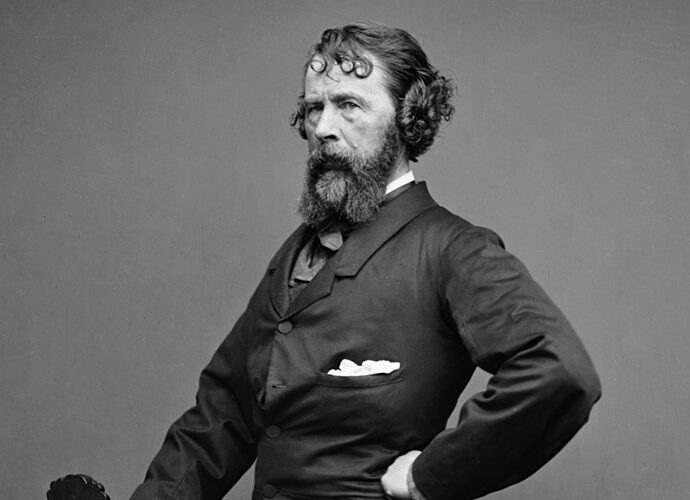
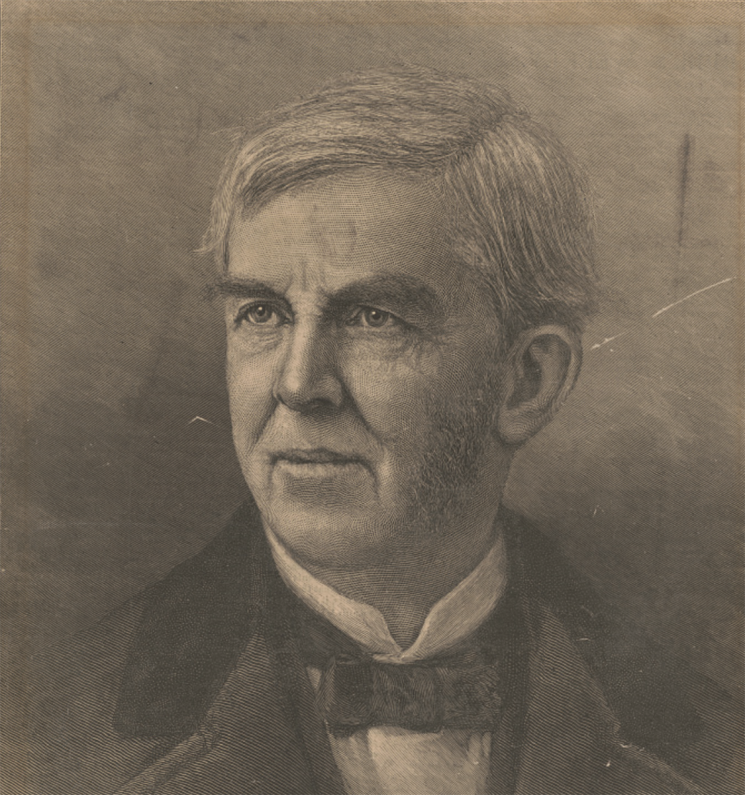
LGBTQ Poetic Voices
The stories of LGBTQ individuals in history can be challenging to uncover due to the pervasive prejudice and social stigma surrounding gay and queer relationships and identities across historical contexts. It's a nuanced task to apply contemporary labels like "lesbian" or "transgender" to historical figures, considering the evolution of societal perceptions of sexuality and gender identity, which have notably transformed even within the past two decades.
Despite these challenges, LGBTQ individuals have always existed, and in certain instances, they have left behind traces of their identities in personal correspondence, photographs, and even romantic poetry dedicated to their partners.
Remembering Women Poets
In the first half of the nineteenth-century, women-authored poetry was primarily found in women’s magazines such as Godey’s Lady Book, Graham’s Magazine and the Lady’s Wreath. In time, more prestigious periodicals such as the Atlantic Monthly, Harper’s, North American Review, and Century Magazine would provide a wider audience for popular women poets. Several of these women poets were buried here at Mount Auburn. While many have written about domesticity, liberal Christianity, romanticism, familial grief, and nationalism, not all of these one-time popular women poets were alike.
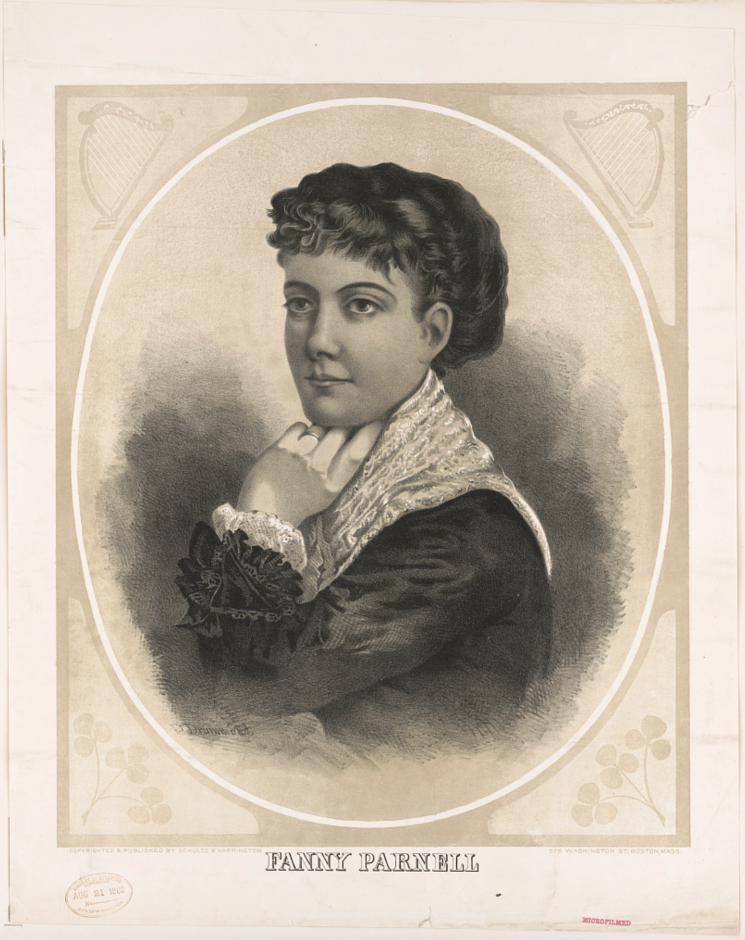
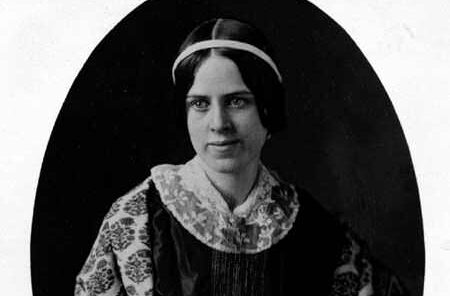

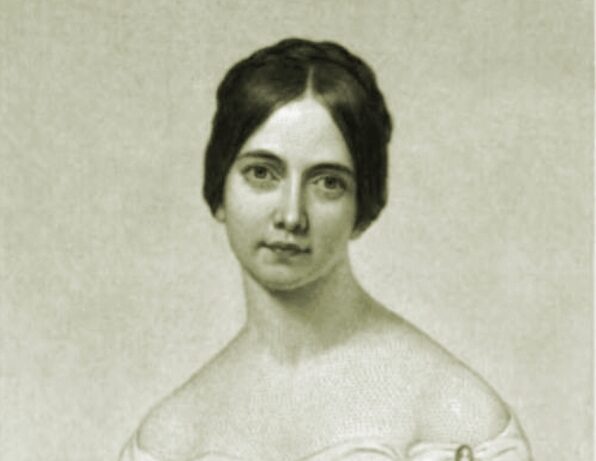

A Contemporary Cadence: 20th-Century Poets
Contemporary poetry, which emerged predominantly in the 20th and 21st centuries, embodies a dynamic and varied landscape characterized by a plethora of styles, subjects, and techniques.
Themes commonly explored in contemporary poetry encompass aspects of identity, social justice, environmental concerns, love, human experiences, and societal conditions. Many contemporary poets utilize their craft as a platform to engage with and critique current events, while also challenging established literary and cultural paradigms.
Within contemporary poetry, there exists a broad spectrum of stylistic choices and approaches to form. While some poets adhere to traditional structures like sonnets or villanelles, others experiment with free verse or unconventional frameworks.
Sweet Auburn, loveliest village of the plain,
The Deserted Village
Where health and plenty cheered the laboring swain,
Where smiling spring its earliest visit paid,
And parting summer‟s lingering blooms delayed,
Dear lovely bowers of innocence and ease,
Seats of my youth, when every sport could please,
How often have I loitered o‟er thy green,
Where humble happiness endeared each scene!
How often have I paused on every charm,
The sheltered cot, the cultivated farm,
The never failing brook, the busy mill,
The decent church that topped the neighbouring hill,
The hawthorn bush, with seats beneath the shade,
For talking age, and whispering lovers made!
How often have I blest the coming day,
When toil remitting lent its turn to play,
And all the village train from labour free
Led up their sports beneath the spreading tree,
While many a pastime circled in the shade,
The young contending as the old surveyed;
And many a gambol frolicked o‟er the ground,
And slights of art and feats of strength went round;
And still as each repeated pleasure tired,
Succeeding sports the mirthful band inspired;
The dancing pair that simply sought renown
By holding out to tire each other down;
The swain mistrustless of his smutted face,
While secret laughter tittered round the place;
The bashful virgin‟s side-long looks of love,
The matron‟s glance that would those looks reprove!
These were thy charms sweet village…
by Oliver Goldsmith
Acknowledgements

Top Image:
William Henry Bartlett, Cemetery of Mount Auburn, engraving, from American Scenery; or Land, Lake and River Illustrations of Transatlantic Nature (London, 1840).



